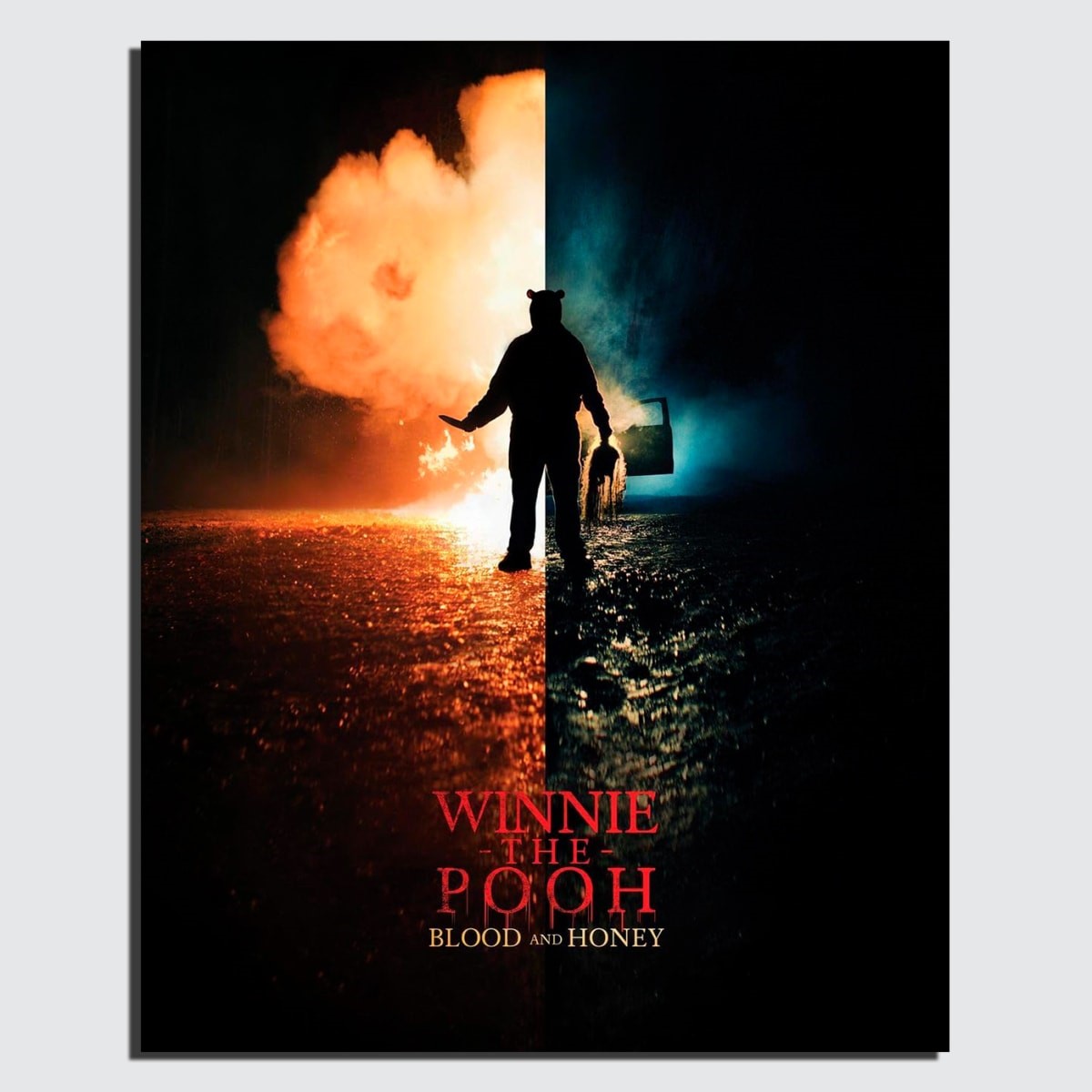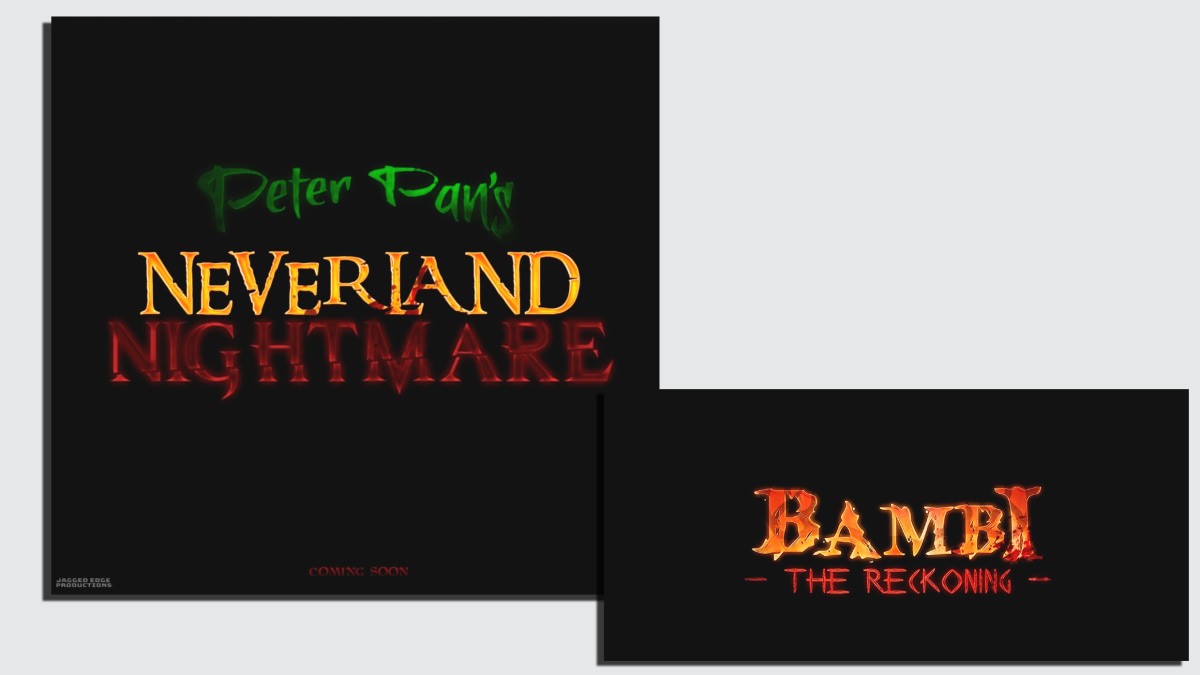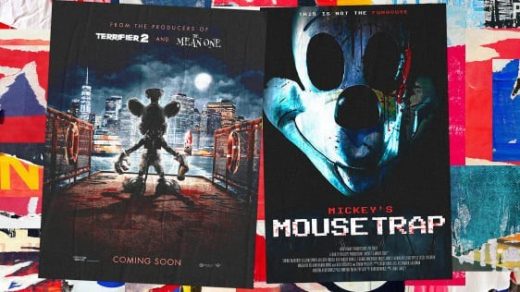From Mickey to Bambi, why are all the new public domain characters showing up in horror?
Branded is a weekly column devoted to the intersection of marketing, business, design, and culture.
Mickey Mouse, one of the most familiar and fiercely protected commercial symbols of all time, is lately showing off a new skill: murder. The occasion is the expiration of the copyright of Steamboat Willie, a silent animated short featuring an earliest version of Mickey. This puts the first iteration of the cheerful mouse (along with Minnie) in the public domain, free to be copied, recontextualized, and shared. Thousands of other works entered the public domain on January 1—Buster Keaton’s The Cameraman, J. M. Barrie’s Peter Pan, D.H Lawrence’s Lady Chatterley’s Lover, James P. Johnson’s “Charleston” recording—but Disney’s flagship character has understandably drawn the most attention. What elements might new creators add to this storied figure?
The immediate answer is . . . violence. A trailer for Mickey’s Mouse Trap, described as a “low budget slasher” with Mickey as the killer villain, quickly made the rounds. Another as-yet-untitled horror-comedy project was also announced: “Steamboat Willie has brought joy to generations,” director Steven LaMorte, whose previous work includes Grinch parody, The Mean One, announced, “but beneath that cheerful exterior lies a potential for pure, unhinged terror.” There are games in the works, too, including a cartoonishly homicidal shooter called Mouse.
One obvious explanation for Mickey-as-monster: perceived marketplace demand. Last year, Winnie the Pooh: Blood and Honey, a horror take on A.A. Milne’s beloved children’s lit characters, made for about $25,000, rode a wave of online and media attention to gross over $5 million. (Disney, as it happens, controlled the Pooh story copyright before it entered the public domain.) The same producers are planning a sequel and making a slasher called Bambi: The Reckoning, which reportedly reimagines the titular character as a “mutated killer deer.” An earlier precedent, 2009’s Pride and Prejudice and Zombies, livened up the 1813 Jane Austen classic with a plague of the undead, becoming a New York Times bestseller and spawning a (less successful) 2016 film.

The demand for such fare may simply be driven by “the lure of the counterintuitive,” says Susan Scafidi, academic director of Fordham University Fashion Law Institute, and author of Who Owns Culture? Appropriation and Authenticity in American Law. “What would Winnie or Mickey never do, at least while under corporate oversight?” In other words, we want to see a murderous Mickey partly because Disney would never have let that happen.
On one level, this urge to subvert the iconic is as old as pop culture. Middle-schoolers through the ages have scrawled renditions of famous characters engaged in dubious acts. And today, there is already an AI tool trained with Steamboat Willie imagery that lets users whip up pictures of Mickey brandishing a gun or storming the Capitol. The same nostalgic power that gives figures like Mickey Mouse or Winnie the Pooh (or Snoopy) generation-transcending resonance also makes them fun to subvert—and spread.

But this strain of appreciation for anti-nostalgia may be particularly true of Disney characters: The 1998 Copyright Term Extension Act that lengthened copyright protection to 95 years was aggressively backed by many corporate IP owners—yet came to be snarkily known as “the Mickey Mouse Protection Act.”
And even now, Mickey is not defenseless. Jennifer Jenkins, director of the Duke Center for the Study of the Public Domain, explains in a comprehensive Mickey IP overview that only the Steamboat Willie version of the character (without the famous voice, black-and-white) is out of copyright; the various incarnations adding up to today’s Mouse are still protected. Moreover, modern Mickey’s design (along with other Disney characters) is also trademarked—a protection with no time limit. “The company has built up a Sleeping Beauty-worthy thicket of trademarks to protect its ownership of Mickey, ranging from his name to the current image of the character to the familiar silhouette,” Scafidi notes. “Anyone reusing the original Steamboat Willie material will need to avoid consumer confusion as to whether Disney is behind the new use of the old mouse.”
The counterintuitive genre-swap approach may theoretically have a “potential IP benefit,” Scafidi says. Horror creations are so far removed from the Disney DNA that they “may be less likely to trigger trademark infringement claims.”
But, she adds, that benefit would likely be limited. Disney, commenting broadly on Steamboat Willie’s new chapter, has stated: “We will work to safeguard against consumer confusion caused by unauthorized uses of Mickey and our other iconic characters.” And the director of Blood and Honey has conceded that he took a minimal approach to his Pooh and Piglet villains (who spoke little and were actually just two guys in masks) to avoid “legal trouble.”
Making merch would entail other complexities around avoiding accusations of “consumer confusion” and trademark infringement. It may be technically possible to sell iterations of Steamboat Willie imagery, but as Scafidi points out, fashion labels that have collaborated with the house of the mouse in the past or hope to do so in the future may prefer to avoid jeopardizing a profitable relationship. “We’re likely to see plenty of print-on-demand options for Steamboat Willie sweatshirts, totes, and coffee mugs,” she says, “but only a limited amount of creative reuse by recognized brands.”
Disney has, after all, had years to get ready for this moment, and will now be honing its thinking as it prepares for additional copyrighted works to fall into the public domain each year. So far, cult slasher flicks seem safe. But whatever happens in the movies, Disney’s characters are unlikely to be victims in real life. “Ultimately, Disney has lost exclusive rights to Steamboat Willie images,” Scaifidi says, “but not much else.”
(16)



